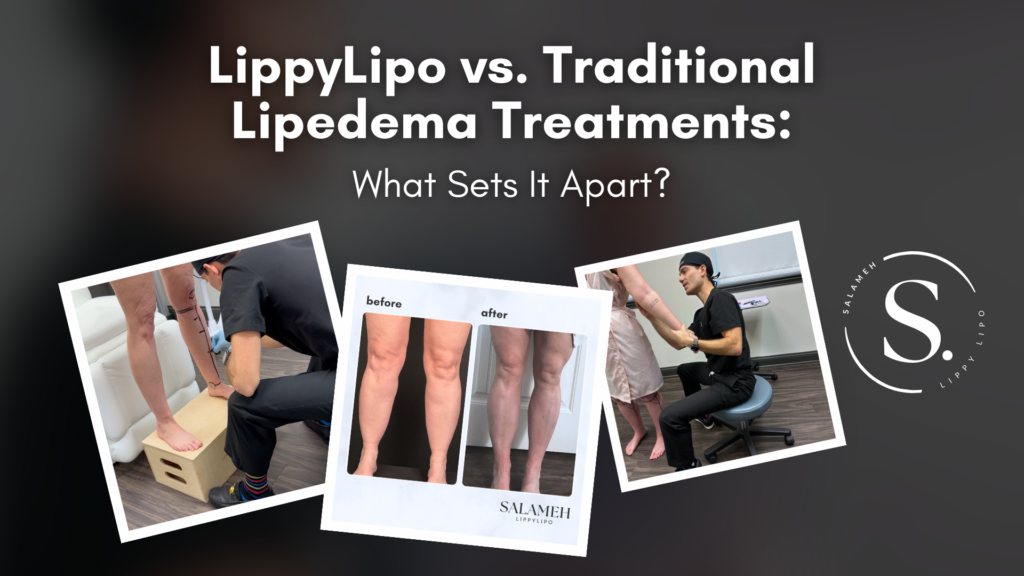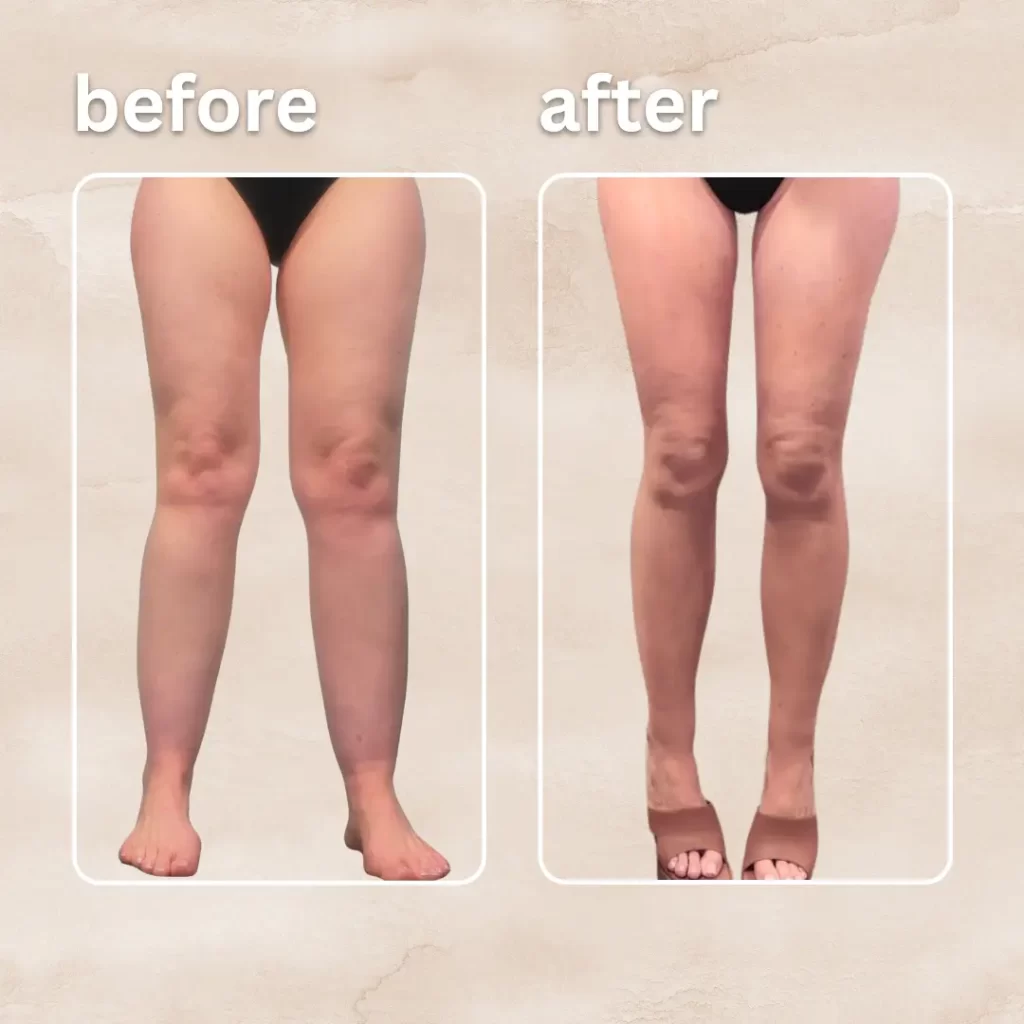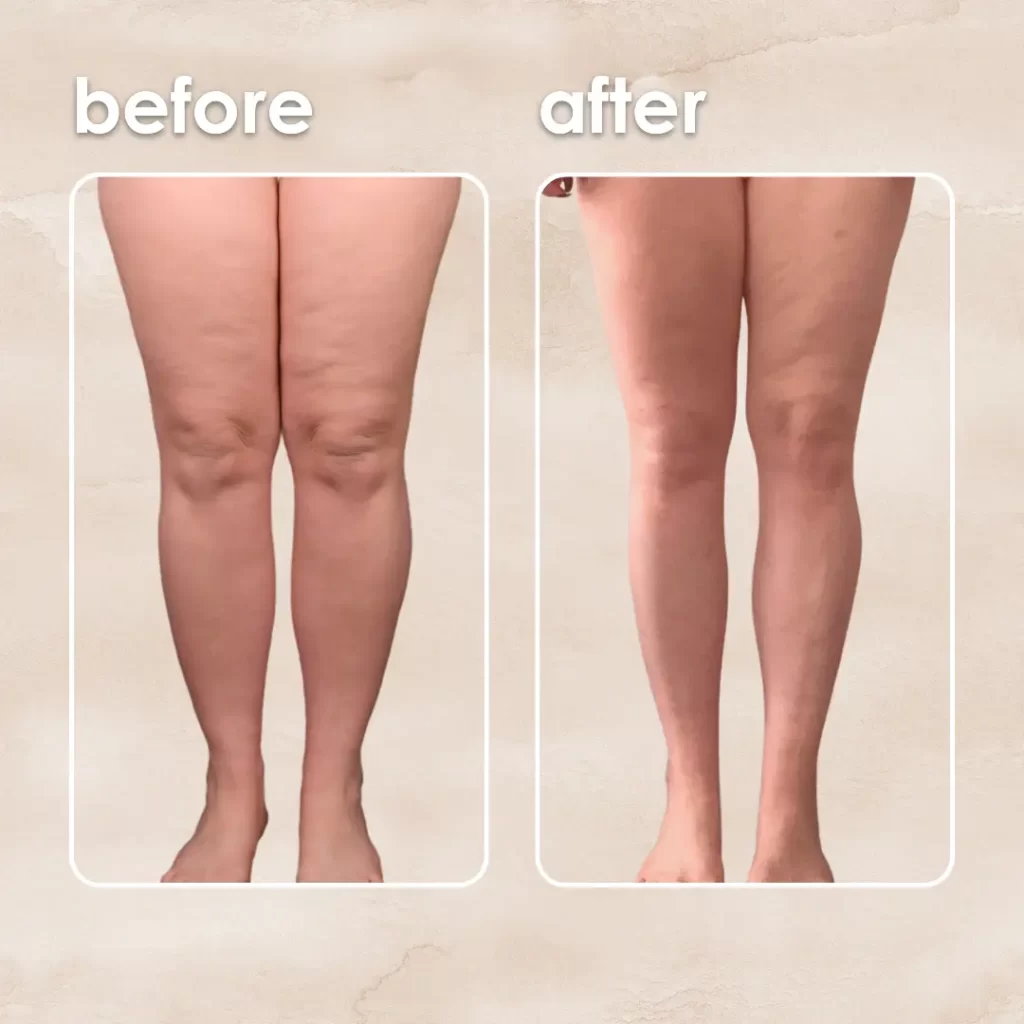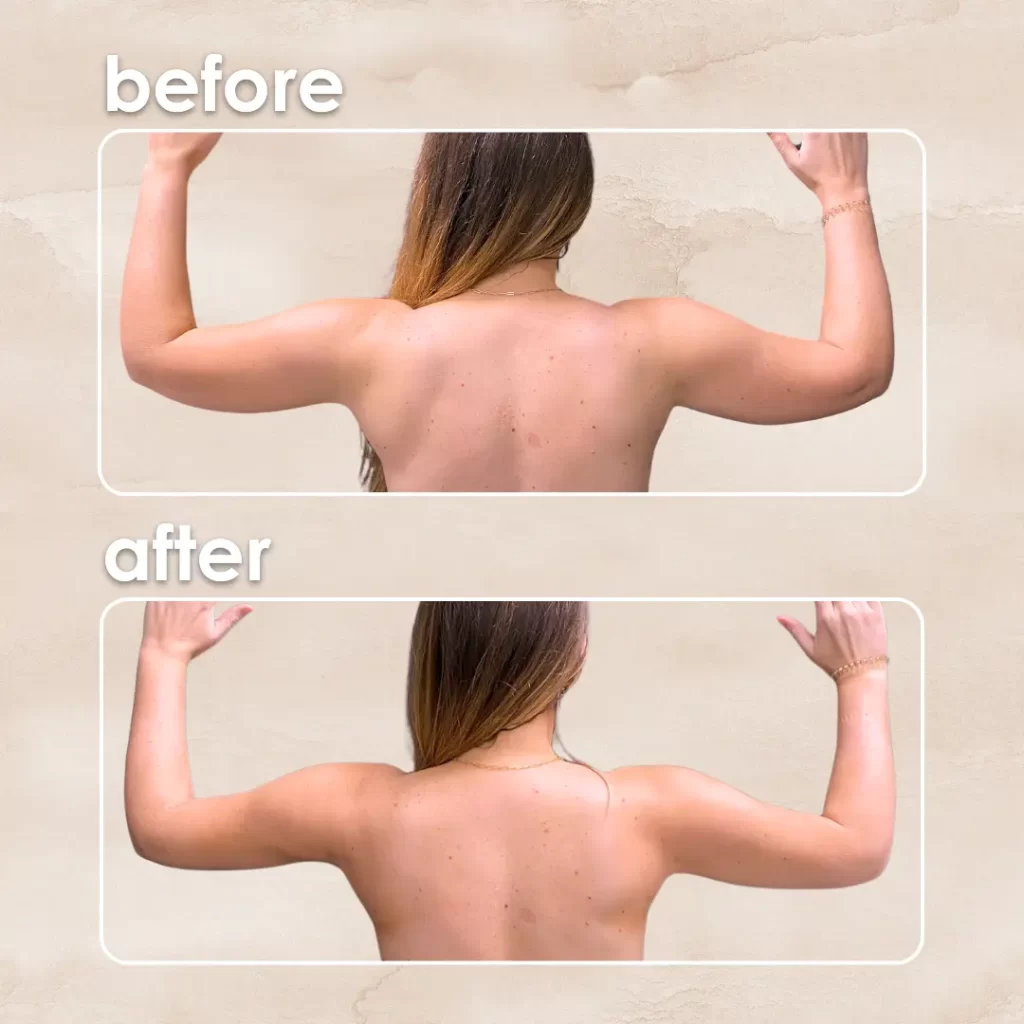Fat Transfer in Indiana & Kentucky
A fat transfer is a unique procedure designed to address various aesthetic concerns. Fat transfers can provide contouring to combat loss of fullness and collagen to help you look younger and more sculpted. Under the direction of our surgeons, fat grafting is a straightforward procedure that will help restore volume and create smoother skin for a more youthful appearance that will last for years to come.
In a fat transfer procedure, fat is harvested from a “donor area” on the body and injected into a targeted area, like the breasts, buttocks, hips, abdomen, or face, for more fullness and volume.
Performed in our fully accredited in-house, AAAASF-certified surgical facility using the most innovative and modern technology. Involves very small incisions to minimize swelling and bruising. Provides a permanent, personalized solution to help you look and feel your best.
How will you know if a fat transfer process is right for you? You’ll have the opportunity to consult with one of our surgeons regarding the best treatment plan for your needs. At Salameh Plastic Surgery, we pride ourselves on patient care that is highly individualized and tailored to address your specific concerns in an environment that is safe, private, and comfortable.
LippyLipo Before & Afters
Our dedicated team will work with you closely during every step of your journey from consultation through post-surgery care. We will consider your current physique, overall look, and desired outcomes to develop a personalized treatment plan for you. Enhance your natural beauty by scheduling a consultation with us today.
Schedule Your Complimentary Consultation
Our practice does not accept insurance.
Fat Transfer Frequently Asked Questions
What is fat transfer?
Fat transfer is a cosmetic procedure that involves removing unwanted fat from one area of the body, such as the stomach or thighs, and transplanting it to another area, such as the face, breasts, or buttocks. It is a natural way to enhance your appearance and restore volume to areas that have lost shape and fullness.
How does fat transfer work?
Using liposuction a fat transfer procedure removes unwanted fat from one area of the body, such as the stomach or thighs. The harvested fat is then carefully processed and purified before being injected into the desired area. Because the fat used for the transfer comes from your own body, there is no risk of rejection or allergic reactions.
What areas can I have fat grafted to?
Fat transfer can be used to enhance many areas of the body, including the face, breasts, buttocks, and hands. The procedure effectively restores volume to the cheeks, temples, and jawline and fills in wrinkles, lines, and hollows. It can also be used to augment the breasts and buttocks and restore volume to the hands.
Is fat transfer safe?
Fat transfer is considered a safe and effective procedure when performed by a qualified and experienced plastic surgeon, like the team at Salameh Plastic Surgery Center. As with any surgical procedure, there are risks and potential complications, but these are generally rare and can be minimized with proper care and follow-up.
What is fat transfer recovery like?
Fat transfer recovery time can vary depending on the treated area, but most patients can return to work and normal activities within a week or two. Swelling and bruising are common after the procedure but can be managed with ice packs, compression garments, and pain medication as prescribed by your surgeon.
How long do fat transfer results last?
The results of fat transfer are considered long-lasting, but the duration of the results can vary depending on the area being treated and the individual patient. Some patients may require additional treatments to maintain the desired results.
What's In The Blog?

LippyLipo vs. Traditional Lipedema Treatments: What Sets It Apart?
What is Lipedema Fat? Lipedema is a chronic condition affecting millions, causing disproportionate fat accumulation in the legs, arms, and hips. Many patients struggle with pain, swelling, and mobility issues. While traditional lipedema treatments provide symptom relief, they often fail to target the root cause—the abnormal fat cells.LippyLipo, a cutting-edge awake liposuction technique developed by…





